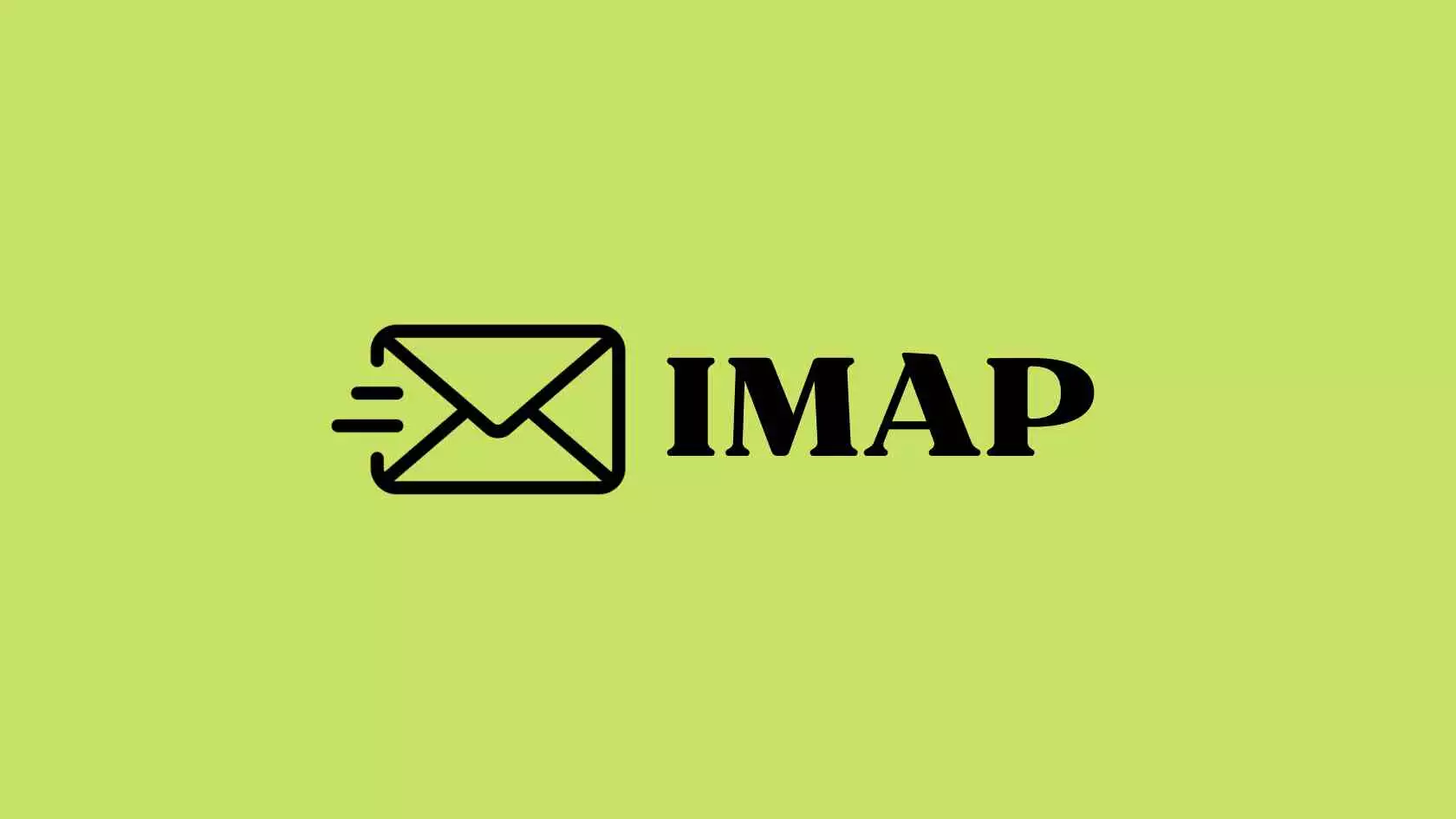IMAP, which stands for Internet Message Access Protocol, is one of the two main protocols used for accessing and managing email messages on a mail server, with the other being POP3 (Post Office Protocol version 3). IMAP is designed to provide more advanced and flexible email management capabilities compared to POP3. Here’s a more detailed overview of IMAP:
- Email Retrieval and Management: IMAP allows email clients (such as Microsoft Outlook, Apple Mail, Thunderbird, and mobile email apps) to retrieve email messages from a remote mail server and manage them directly on the server. This means that email messages are not typically downloaded to the client device but remain on the server.
- Synchronization Across Multiple Devices: One of IMAP’s key strengths is its ability to synchronize email folders, read/unread status, and other email management actions across multiple devices. When you read, delete, or move an email on one device, those changes are reflected on all devices connected to the same IMAP account. This ensures that your email is consistent and up-to-date across devices.
- Server-Side Folders: IMAP supports server-side email folder management. This means you can create, rename, and organize email folders on the server, and these changes are visible to all connected devices. POP3, in contrast, typically stores folders and emails locally on each device.
- Access to Message Headers and Body: IMAP allows users to selectively download email headers (subject, sender, date, etc.) and message bodies. This can help save bandwidth and storage space on the client device.
- Flagging and Searching: IMAP supports features like flagging messages (e.g., marking as important or for follow-up) and advanced searching capabilities, making it easier for users to organize and find their email messages.
- Port Configuration: IMAP typically uses port 143 for unencrypted communication and port 993 for encrypted communication (using SSL/TLS) to ensure secure access to email messages.
- Authentication: Users must provide their email credentials (username and password) to authenticate with the email server when using IMAP, ensuring that only authorized users can access their email.
- Offline Access: Some IMAP clients provide the option to download email messages for offline access. This allows users to access their emails even when they are not connected to the internet.
- Email Deletion Options: IMAP clients typically offer users several options for handling deleted emails, such as moving them to a “Trash” folder, permanently deleting them, or archiving them.
In summary, IMAP is a robust email protocol designed for users who want to access their email messages from multiple devices while keeping their email synchronized across all of them. IMAP provides advanced features for email management, server-side folder organization, and seamless synchronization, making it a popular choice for users who need flexibility and accessibility in their email communication.
